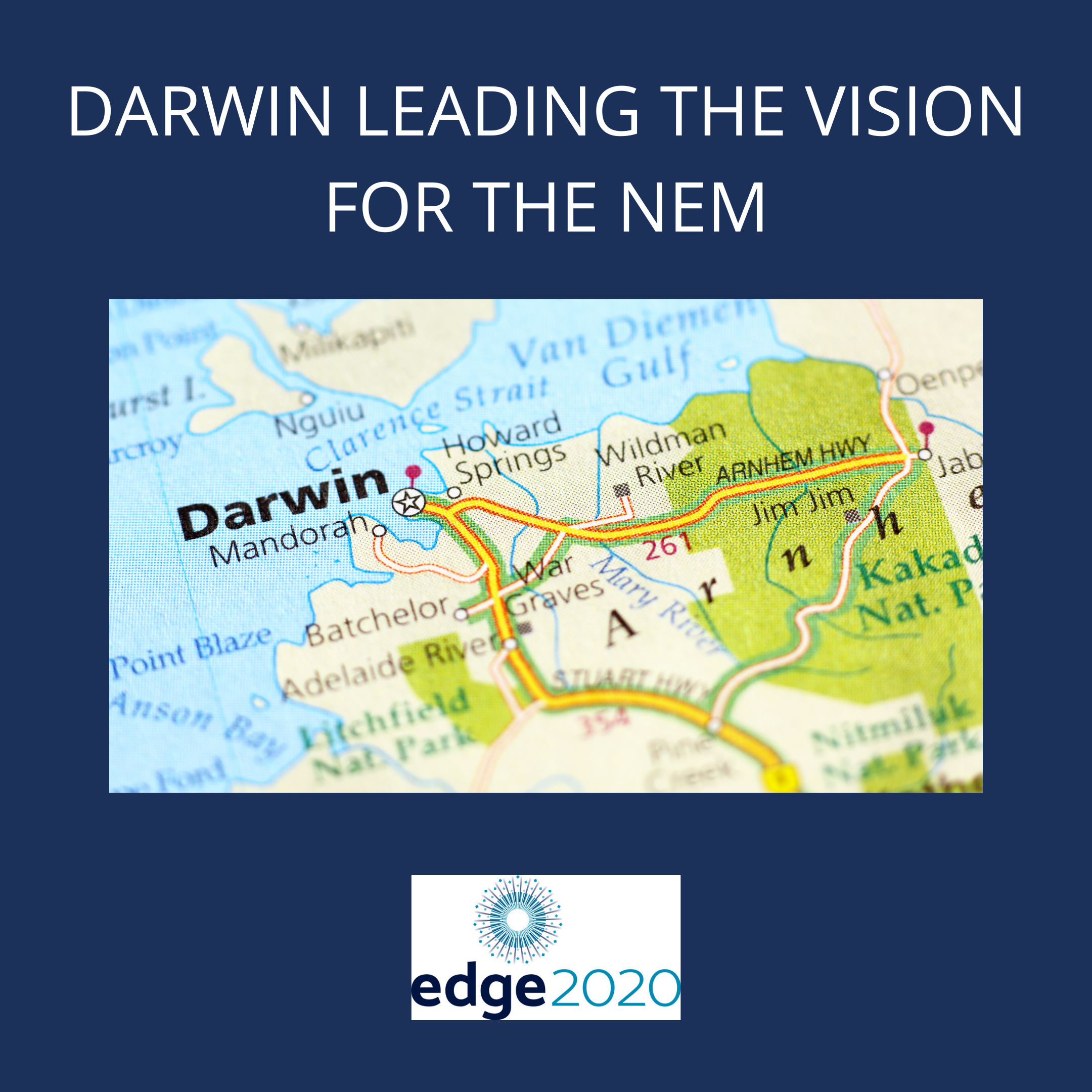
The 35MW Darwin-Katherine Battery Energy Storage System (DK BESS) better known as the ‘big battery’ is fundamental in allowing more renewable energy to be installed into the territory. The Darwin-Katherine grid connects Darwin to Katherine through one transmission line. Most of the renewable generation is not installed close to the Darwin load centre but at the extremities of the network down in the Katherine region. The installation of the battery is critical to allowing renewable energy to be produced in the Katherine region where the solar irradiation is high while the load centre is within the Darwin region.
Darwin’s grid operates primarily on gas-fired generation as the wet season does not make solar a viable solution for reliable power. By using the renewable generation from Katherine and storing it in a battery will save around $9.8M each year as a result of fuel savings. At this rate, the DK BESS will be paid off in five years.
The Darwin-Katherine electricity system is relatively small with about 150,000 end users and due to generous incentives, one in six have installed rooftop PV which reduces the need for grid-supplied electricity.
I have some experience with the complexities of the Northern Territory energy market as prior to Edge I worked in Darwin on the design and integration of the Northern Territory Electricity Market (NTEM) and the 50% renewable energy target. While only a small network, the Darwin-Katherine electricity system presents all the challenges that the NEM experiences. Historically, parts of the grid have been blacked out numerous times and the system struggles to operate with the influx of solar.
The major benefits of the DK BESS include significantly reduced carbon emissions for the Territory as a result of reducing the need for gas-fired spinning reserve which results in a cost-saving of around $9.8 million and an emissions reduction of about 58,000t per annum. By replacing the aging frame 6 gas turbines with a battery, the contingency and inertia services it will provide will improve reliability at a low long-term cost.
Construction of the battery will commence in 2022 with the DK BESS expected to be operational in 2023
Article Written By
Alex Driscoll
Senior Manager Markets, Trading & Advisory
